Everything You Need to Know About Tomatoes
The tomato is thought to have originated in the Andes of Peru, South America. Right around 700 AD, the Incas and Aztec began cultivating and enjoying them, and it was not until the late 1500’s that it was introduced to Britain and Europe from return voyages of early exploration. Keep reading to discover everything you need to know about tomatoes.
Today, tomatoes have become an important part of our diet and an important ingredient to finish off several delicious dishes and entrees. Imagine what would the world be like without ketchup?
You may not know it, but tomatoes have several health benefits that could improve the quality of our lives. So here’s to tomatoes and everything you need to know about them. This is where I buy my garden seeds: SeedsNow
Everything You Need to Know About Tomatoes
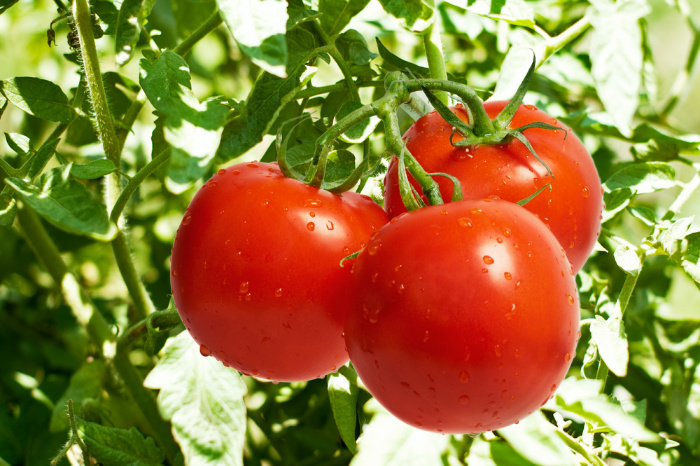
Tomatoes are also known by another name, Solanum Lycopersicum. Surprisingly, there are over 10,000 varieties of tomatoes, which come in a handful of colors including red, yellow, black, white, pink and even purple. Tomatoes are also considered a fruit and not a vegetable.
The only reason that any confusion came from this, is because the US supreme court named them a vegetable for taxation purposes.
Quick Facts
Did you know that at one-time people were afraid to eat tomatoes, believing them to be poisonous and were only enjoyed for their beauty? Tomatoes also consist of 95% water, even more than a watermelon.
The largest tomato that weighed in came from Oklahoma in 1986, weighing in at 7.7 pounds! That’s as much as a newborn baby. Tomato seedlings have even been grown in space.
Nutrition Facts
Tomatoes are a super-food that contains a good source of fiber, and other vitamins and minerals including vitamin C, vitamin K1, folate, and potassium. They also contain several important compounds, especially lycopene, that are proven to help with a number of health benefits.
Of all the dietary lycopene that people consume in the US each year, over 80% comes from tomatoes. The redder the tomato, usually the more lycopene that’s present, most of it is in the skin.
Tomatoes are antioxidant, containing chlorogenic acid, which helps people lower their blood pressure. There’s also Beta carotene and naringenin compounds present as well.
The Right Tomato for the Job
Cherry Roma
These tomatoes are common at the grocery store. They’re sweet and spicy, going great in a paste or sauce, and a good candidate for canning.
Globe
The most common tomato out there, the globe tomato is great eaten raw, perfect on a sandwich or burger. They are a good option if you’re making bruschetta or tomato soup.
Grape
People use grape tomatoes to toss in a salad or stick them on a skewer while on the grill.
Valencia
Valencia tomatoes are large and sweet, perfect for making a sauce.
Sungold
These yellow sweeter tomatoes go great as a sauce in a pasta and in salads.
Beef Steak
This is one of the biggest tomatoes out there, and they go excellent with a salad, sandwich or even canning. They also taste yummy when roasted or used in a soup.
Ace 55
Looking for a great tomato for grilling? The ace 55 is thick and meaty, but also makes a good sauce too.
Health Benefits
Improves Heart Health
Tomatoes have a great deal of potassium, fiber, and vitamin C, all of which work together to provide you with a healthier heart. They can reduce the risk of cardiovascular disease, heart attacks, and even strokes.
Diabetes
People that suffer from type 1 diabetes while consuming foods with high-fiber, may lower their blood glucose levels. Those that struggle with type 2 diabetes may experience improved blood sugar and insulin levels.
Cancer Prevention
Tomatoes are thought to help with the prevention of a number of cancers including prostate, colon, colorectal, and tumor development due to the compound lycopene.
Benefits of Skin Health
The lycopene that’s present in tomatoes might actually help protect your skin against sunburns. There have been studies that have shown that people that consumed tomato paste with olive oil, experienced sunburns to a lesser degree by as much as 40%. Vitamin C that’s found in tomatoes also helps prevent blemishes, sagging skin, and early aging wrinkles.
Eye Health
Another key thing that lycopene does (along with beta-carotene and lutein), is it helps protect your eyes against damage caused by sunlight. Consuming tomatoes has also proven to protect against cataracts and macular degeneration.
Constipation
Foods that contain high amounts of fiber and water, especially tomatoes, can help with hydration and normal bowel movements while relieving constipation.
Growing Tomatoes
Although tomatoes can be started by seed, many people opt to start with seedlings, which take less work. Tomato plants will not survive frost, so make sure that you don’t plant them too early.
You can plant them in a pot, or provide them with a cage for them to latch onto. Just be sure not to pack them in too close together.
They need good sun exposure, along with soil that has good drainage. Tomato plants also don’t do well in extremely hot temperatures. Using compost will also go a long way in the health of your plants.
They are ready for harvesting when they’ve reached their uniform color. Tomatoes will continue growing, even after being harvested. It’s also good to keep them stored in a cool dry place for no more than a few days.
Did you see my post on How To Grow Sweet Tomatoes?
Concerns?
While tomatoes are filled with vitamins, minerals, and have several health benefits to them, eating them on a daily basis may not be such a good idea. Consuming them daily can increase heartburn and acid reflux, and if you already deal with these issues already, you may want to take it easy on how much you consume.
Most people are able to enjoy tomatoes, but if you’re allergic to grass pollen, chances are you might be allergic to tomatoes. This can cause itching in the mouth, sore throat, or swelling of the throat or mouth.
Everything You Need to Know Series:
- Cucumbers: Everything You Need to Know
- Kale: Everything You Need to Know
- Broccoli: Everything You Need to Know
- Mushrooms: Everything You Need to Know
- Lettuce: Everything You Need to Know
- Carrots: Everything You Need to Know
- Tomatoes: Everything You Need to Know
- Potatoes: Everything You Need to Know
Final Word
What variety of tomatoes are your favorite to eat raw, or prepared in your favorite dishes? Are you surprised by the health benefits that come along with enjoying these delicious fruits?
This is everything you need to know about tomatoes. Have any questions? Please keep prepping and stay well. May God bless this world, Linda

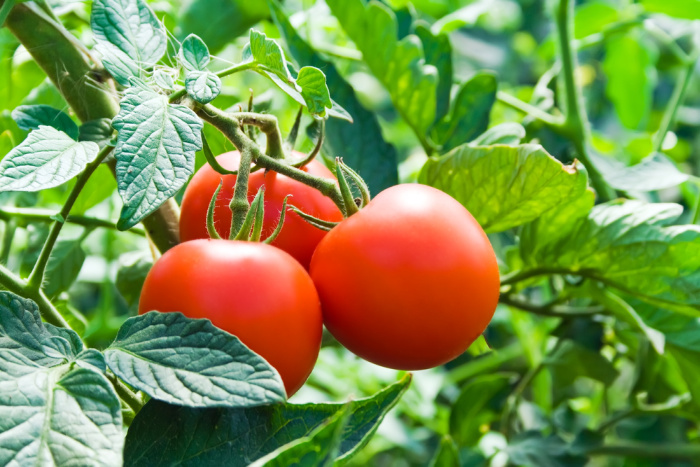

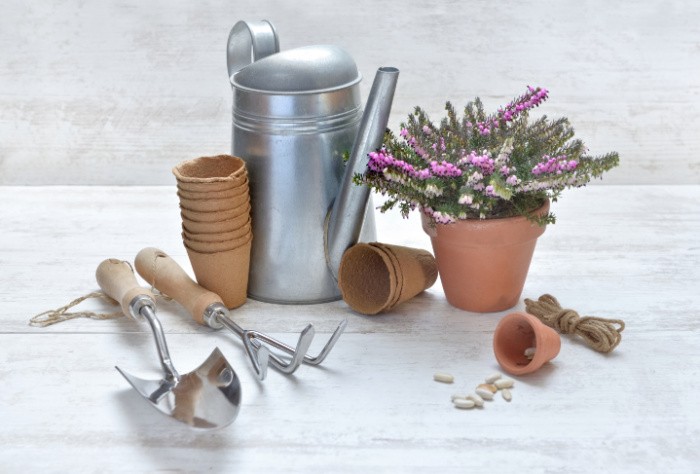
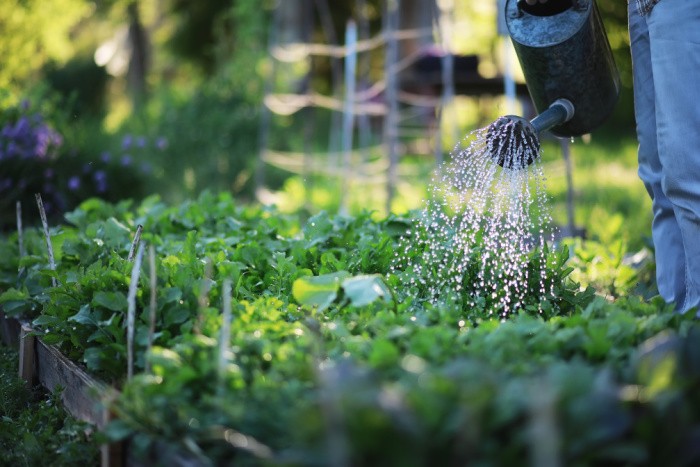
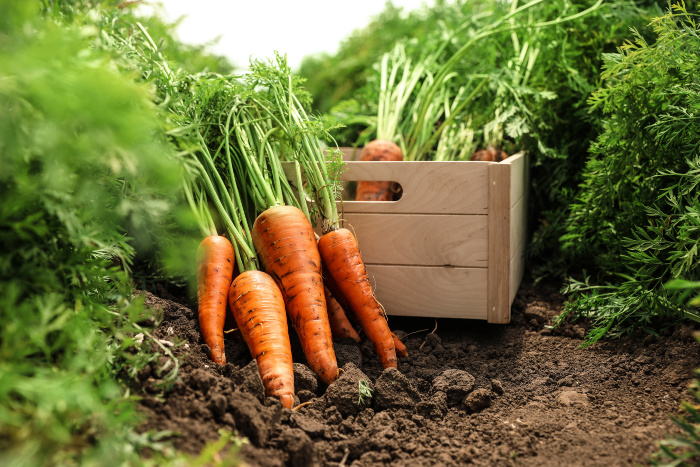
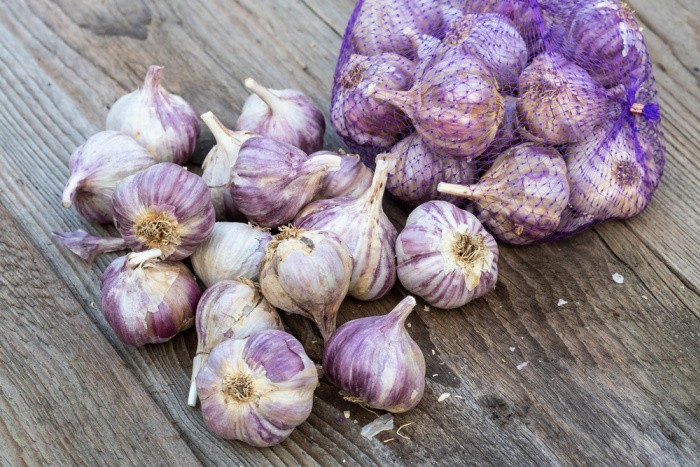
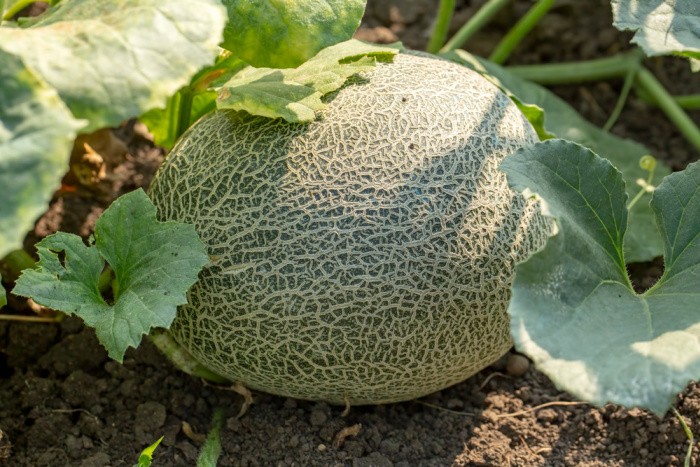
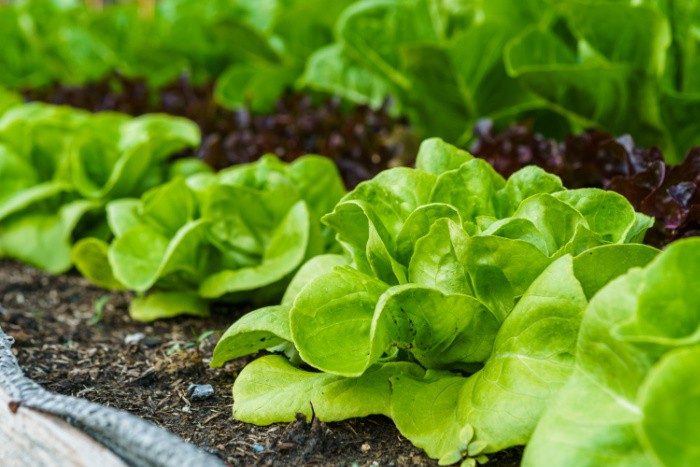
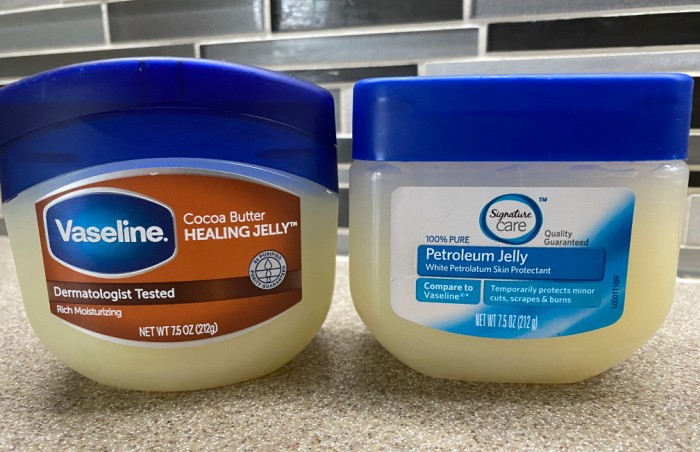


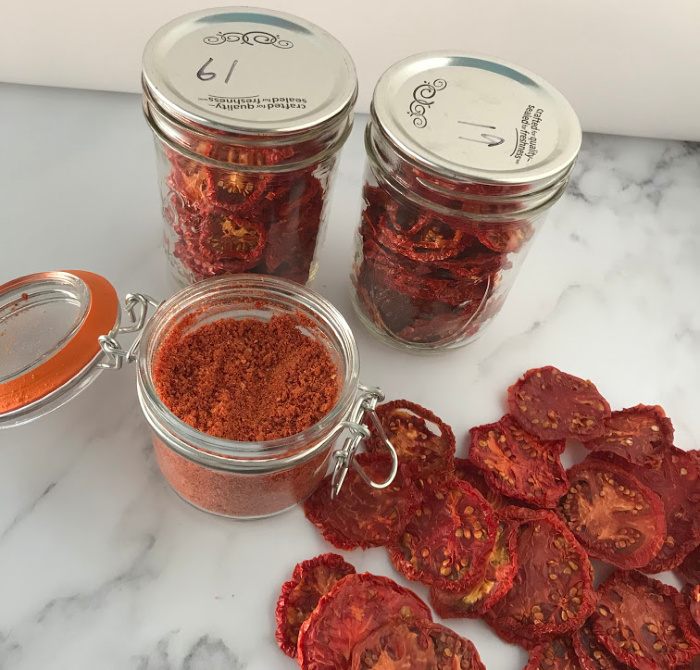
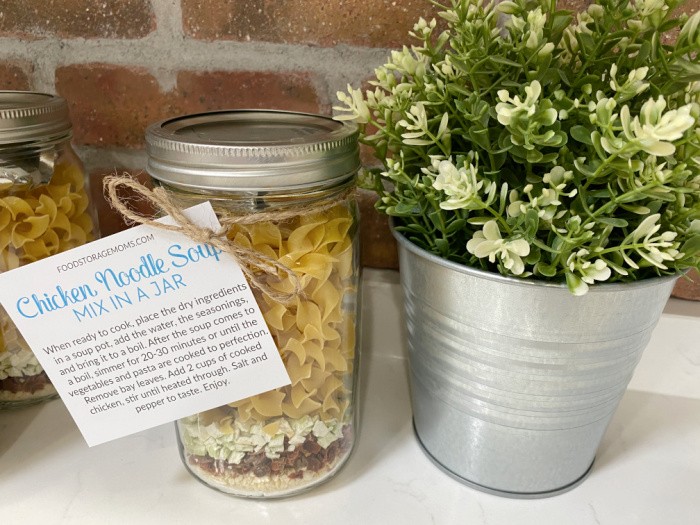
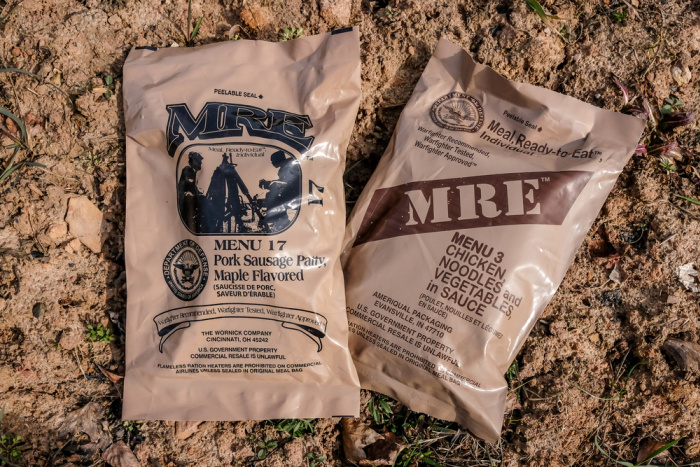





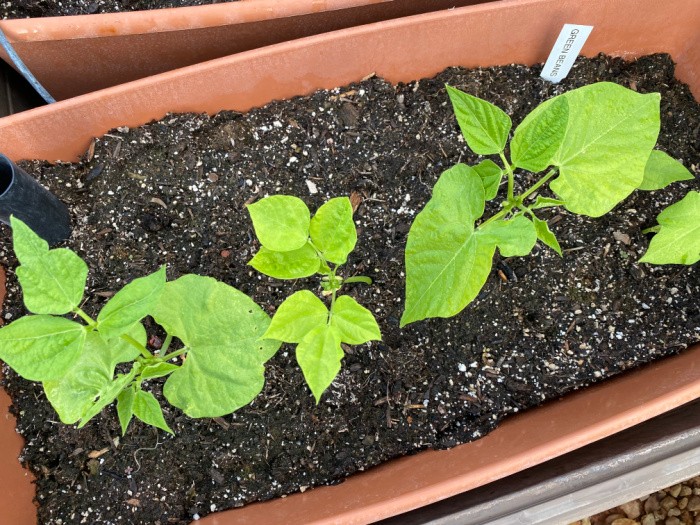

Ooooh, my tomatoes always seem to love hot weather! However–if they even once get droopy from not enough water, they take a looooong time to recover, and may never bear as well. So definitely mulch, and water deeply as needed
A few old-time tricks learned from my Dad.
–Save crushed eggshells and mix them into the soil well before planting. The calcium pretty much prevents blossom end rot.
–Before you transplant seedlings, trim off all but the top 4-6 leaves. Then bury the plant lengthwise with the top above the soil. In a day or two, the top will turn straight up, while the buried stem will put out roots–the better water/nutrient absorption will boost growth!
–Place a rock or brick (preferably at least double-fist size) on the north side of each transplant. During the day, the rock soaks up the sun’s heat, to release it during the night. Also, it always stays moist under the rock, helping the plant. The rock can be on top of the regular mulch, or not, whatever’s easy.
Had good luck last year–I put up 50+ qts. of tomato soup, I forget how many of pasta sauce, some green tomato relish–and I just realized I still have some tomatoes I shoved in the freezer in the rush!
Hi Rhonda, oh my gosh, I love hearing this! I bought a screen I’m going to put on my tomatoes to try and cut 10 degrees or so in August. Yay, for gardens! Linda
I had three years of great production of tomatoes, okra, bell pepper, and jalapenos. Then we got nematodes. Now all we get is a few weeds. I gave up. John B. Nolen
Oh, John, oh my gosh, that’s terrible! I had grubs every year until I put something on the soil. I need to remember what that was. I got it from the garden shop. Let’s see if anyone responds to how to get rid of those. Yikes, Linda
Thanks alot for the response. We are up in age and have finally given up on gardening. The local lady that is the most knowledgeable concerning nemotodes also an employee if the Texas A&M agricult. center in Robstown, has stated that there is no cure, but sometimes letting the soil rest for 5+ yrs. will get rid of the nemotodes. It is a crystaline growth that attaches to the roots of plants and stops their growth and developement. It looks like rock salt. As you are aware all living plants and creatures and soil contain salt.
Hi John, good to know that you may be able to garden in 5+ years. I have a sister that lives near Texas A & M. I love Texas! Linda